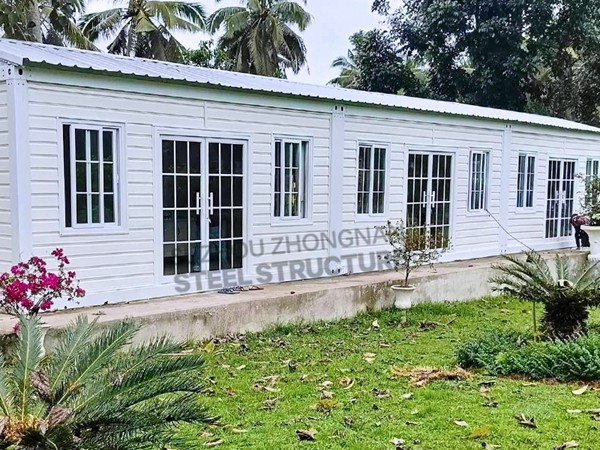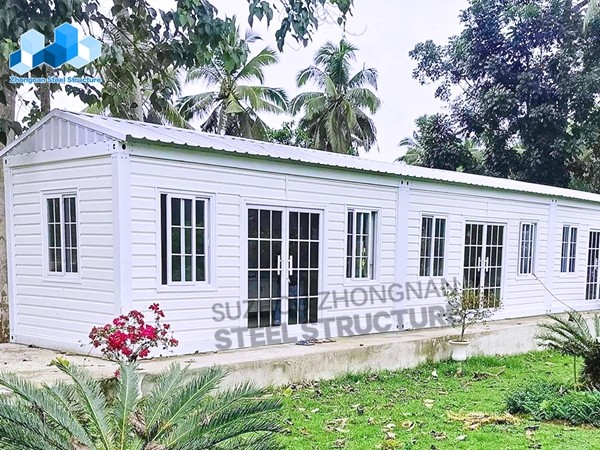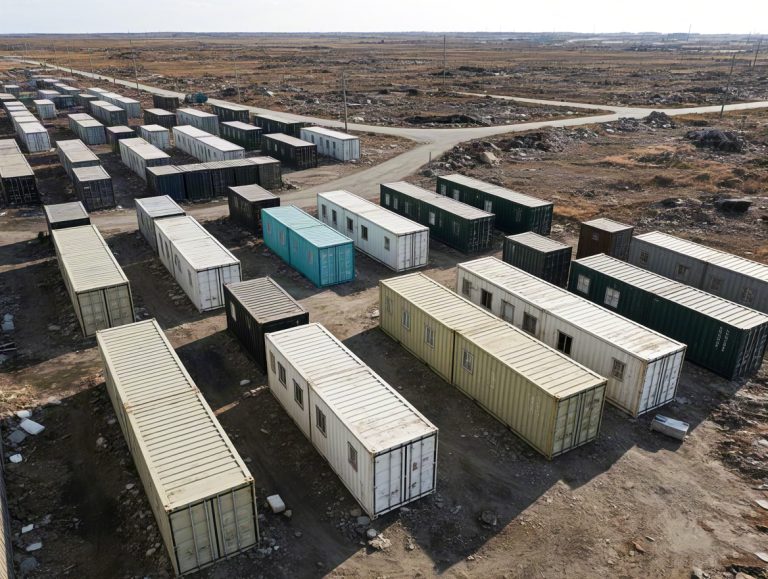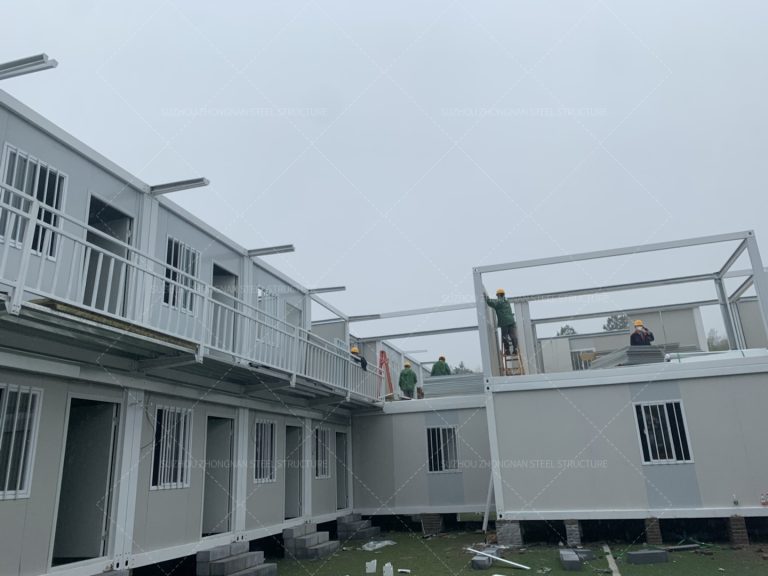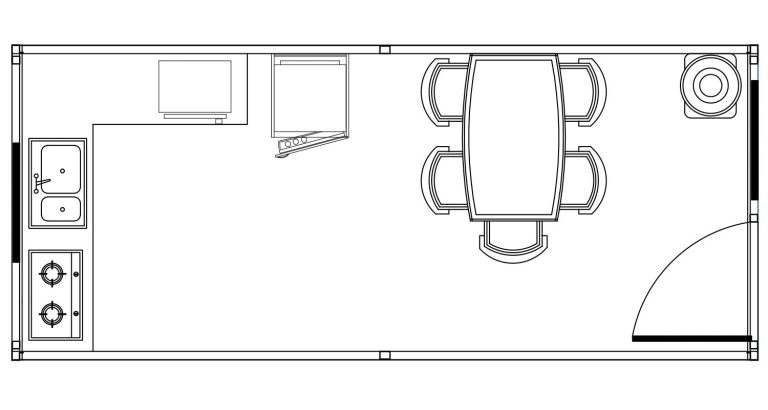cost to install a manufactured home
Purchasing and installing a manufactured home presents a myriad of considerations that are essential for ensuring a successful transition. These homes offer a cost-effective alternative to traditional site-built homes, but understanding the expenses involved in the installation process is critical to maximizing your investment. As an experienced consultant in the housing industry, I will provide insights into the various costs associated with installing a manufactured home, addressing key aspects with a focus on experience, expertise, authority, and trustworthiness.
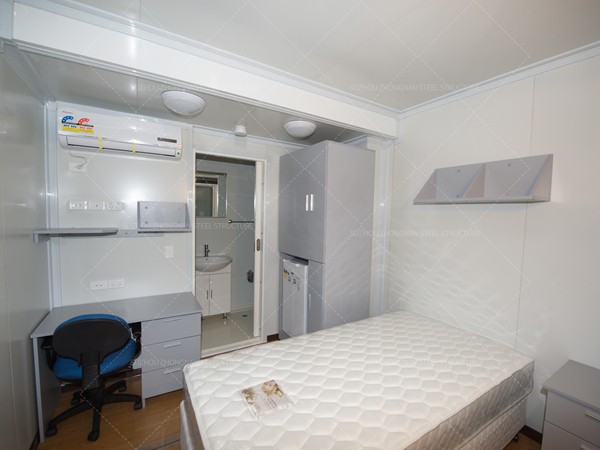
Let's begin by addressing the multifaceted costs associated with this endeavor. Acquiring a manufactured home typically includes expenses beyond the immediate purchase price. These include site preparation, foundation construction, utility connections, and transportation costs. An often-underrated aspect, site preparation, involves clearing and leveling the land, which could range from $1,000 to $5,000 based on the terrain and location. A suitable foundation must be chosen, adhering to local building codes and climate considerations—options such as pier and beam, crawl space, or a slab foundation are popular choices, with costs ranging from $2,500 to $8,000.
Transporting a manufactured home from the factory to your location requires specialized equipment and service providers. Costs generally depend on distance, ranging between $1,000 and $10,000. Many factors influence this cost, including the width of the home, the local traffic regulations, and potential route obstacles. Installation fees, which include anchoring the home and assembling any multi-section units, range on average from $3,000 to $7,000.

Connecting utilities is another necessary expense. Electrical, plumbing, and often gas connections are required to make a manufactured home livable. These costs are heavily influenced by the proximity to existing utility lines and can range from $2,000 to $5,000. Septic system installation or municipal sewer hookups are additional considerations. Septic systems may cost anywhere from $3,000 to $10,000 depending on the design and soil conditions.
Beyond these basic requirements, interior and exterior enhancements also influence the overall cost. Things like skirting, decks or porches, and driveway installations contribute significantly to your home’s functionality and aesthetic appeal. These supplementary features can vary widely in price, from $1,000 to upwards of $10,000, contingent upon the materials and complexity of the work.cost to install a manufactured home
One must also consider location-specific factors. Regulatory fees and permits required by local jurisdictions can add an additional $500 to $2,000 to your budget. It’s crucial to work with local authorities to understand specific zoning laws and building mandates which could impact the scope and timeline of your project.
To ensure a seamless process, relying on the expertise of professional contractors with a proven track record in the manufactured home industry is indispensable. It is imperative to vet potential hires, ensure they are licensed and insured, and seek recommendations or reviews from previous clients. A trustworthy contractor will help you navigate the intricacies of installation, comply with regional regulations, and optimize your spending to avoid hidden costs.
Furthermore, exploring financing options tailored specifically for manufactured homes can yield economic advantages. Many financial institutions offer loans designed for these homes, often with competitive interest rates and favorable terms. Consultation with a financial advisor is advisable to select a strategy that aligns with personal financial goals.
In conclusion, the cost to install a manufactured home hinges on a variety of factors, each contributing to the overall investment. Recognizing these elements and preparing accordingly can significantly enhance your living experience while safeguarding your investment. Resourcing the expertise of industry professionals assures not only compliance and quality but also a living space that meets your personal expectations and needs. Each step of this journey, from purchasing and installation to occupancy, exemplifies a confluence of practical expertise, experience, and strategic planning, ensuring a rewarding homeownership journey.

